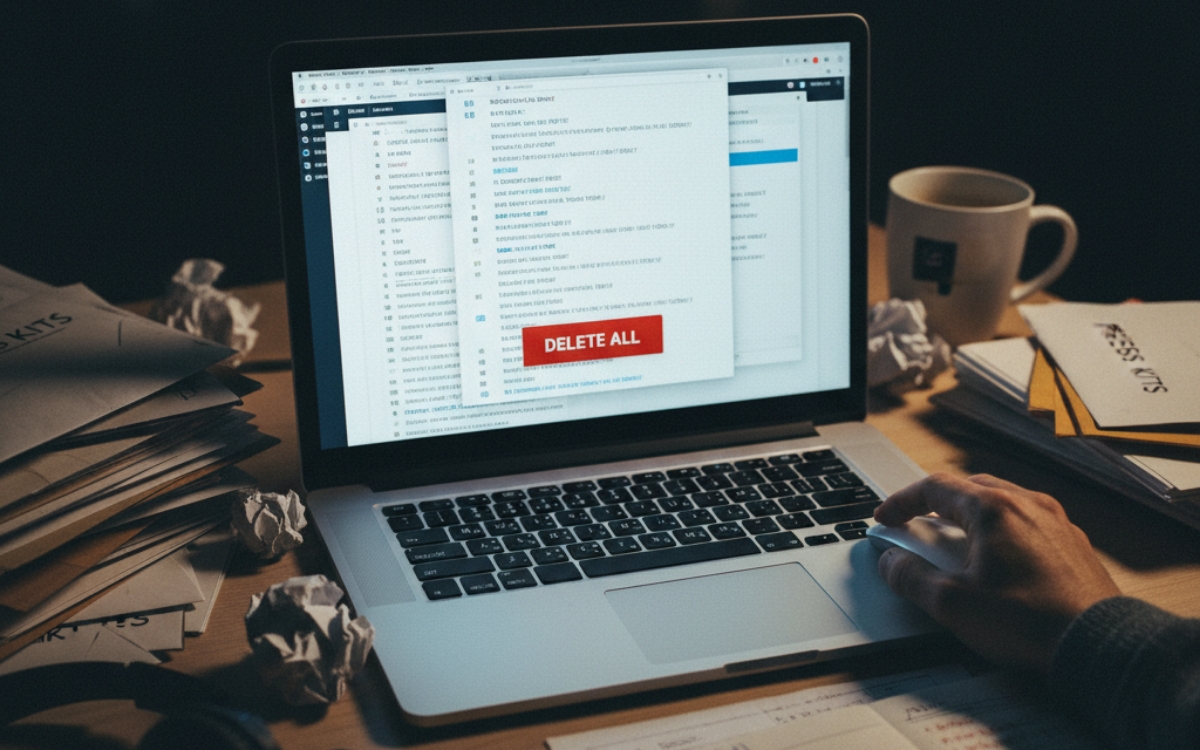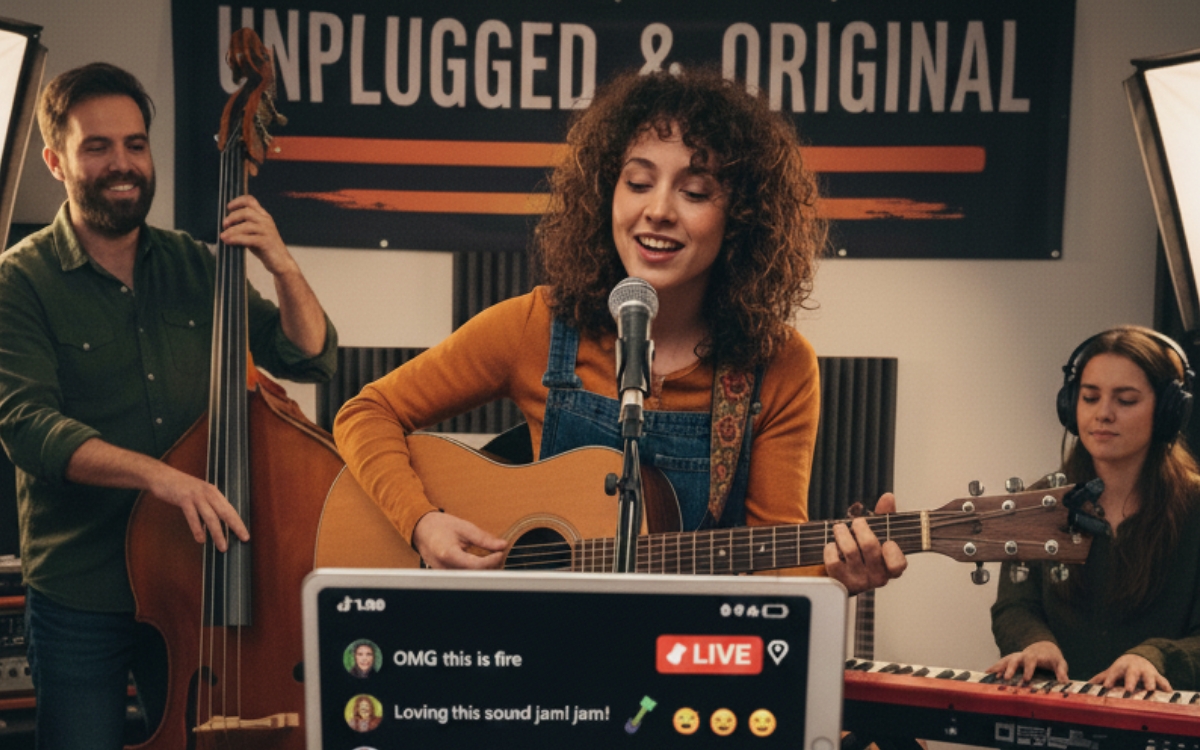Email Lists Still Outperform Social Media for Independent Artists

There's something almost embarrassing about admitting that email, the technology your parents mastered before you could walk, remains one of the most powerful tools for independent musicians in 2024. While artists scramble for TikTok virality and Instagram engagement, the humble email list quietly converts fans into actual paying customers at rates that make social media metrics look almost decorative.
The math tells a clear story. Independent artists report that email subscribers convert to ticket and merchandise purchases at rates between 15-30%, compared to social media followers who convert at roughly 1-3%. That's not a marginal difference. That's the gap between selling out a venue and playing to a half-empty room. The reason comes down to control and attention. When an artist sends an email, it lands directly in a fan's inbox. When they post on Instagram or TikTok, an algorithm decides whether anyone sees it at all.
Social platforms have trained users to expect constant content without necessarily expecting to buy anything. Email subscribers, by contrast, have actively chosen to hear from an artist. They've already demonstrated a higher level of interest by providing their contact information. It's a small but significant barrier to entry that filters for genuine fans rather than passive scrollers.
The challenge for most artists isn't understanding that email works. It's figuring out how to collect addresses without feeling like a telemarketer. The most effective approach involves offering something specific in exchange. Early demos, exclusive live recordings, or first access to tickets all work because they provide immediate value. A signup form that just says "Join my mailing list" converts at a fraction of the rate compared to one that offers a free download of an unreleased track.
What artists actually send to their email lists matters just as much as collecting addresses. The mistake many make is treating email like a billboard, blasting promotional messages about new releases without context or personality. The artists who see the highest engagement rates treat their email list more like a direct conversation. They share stories about the creative process, give updates on tour life that don't make it to social media, or ask for input on decisions like which song should be the next single.
This approach works because it creates a sense of access. Fans who get personal updates via email feel like they're part of an inner circle, which strengthens their connection to the artist. When that artist announces a show or drops new merchandise, the email doesn't feel like an ad. It feels like a friend sharing something they're excited about.
The frequency question trips up a lot of artists. Send too often and people unsubscribe. Send too rarely and they forget who you are. The sweet spot for most independent artists sits around 2-4 emails per month, with a mix of personal updates and actual asks. One artist might send a behind-the-scenes look at recording sessions, followed by a personal essay about what inspired a new song, then a tour announcement, then a merchandise launch. The key is making sure that for every email asking fans to buy something, there are at least two that just offer connection or entertainment.
The real power of email shows up in the data. Artists who've built lists of even 1,000-2,000 engaged subscribers report being able to move 50-100 tickets in a single announcement. Compare that to posting about a show to 20,000 Instagram followers and getting maybe 10-15 sales. The difference isn't just numbers. It's about reaching people who've already decided they want to hear from you, in a format that doesn't get buried under cat videos and memes.
Email marketing feels old-fashioned because it is. But in an era where social platforms can tank your reach overnight or disappear entirely, that stability looks less like a relic and more like smart business. The artists building substantial email lists today are the ones who won't panic the next time an algorithm changes. They've got a direct line to the people who actually show up.



